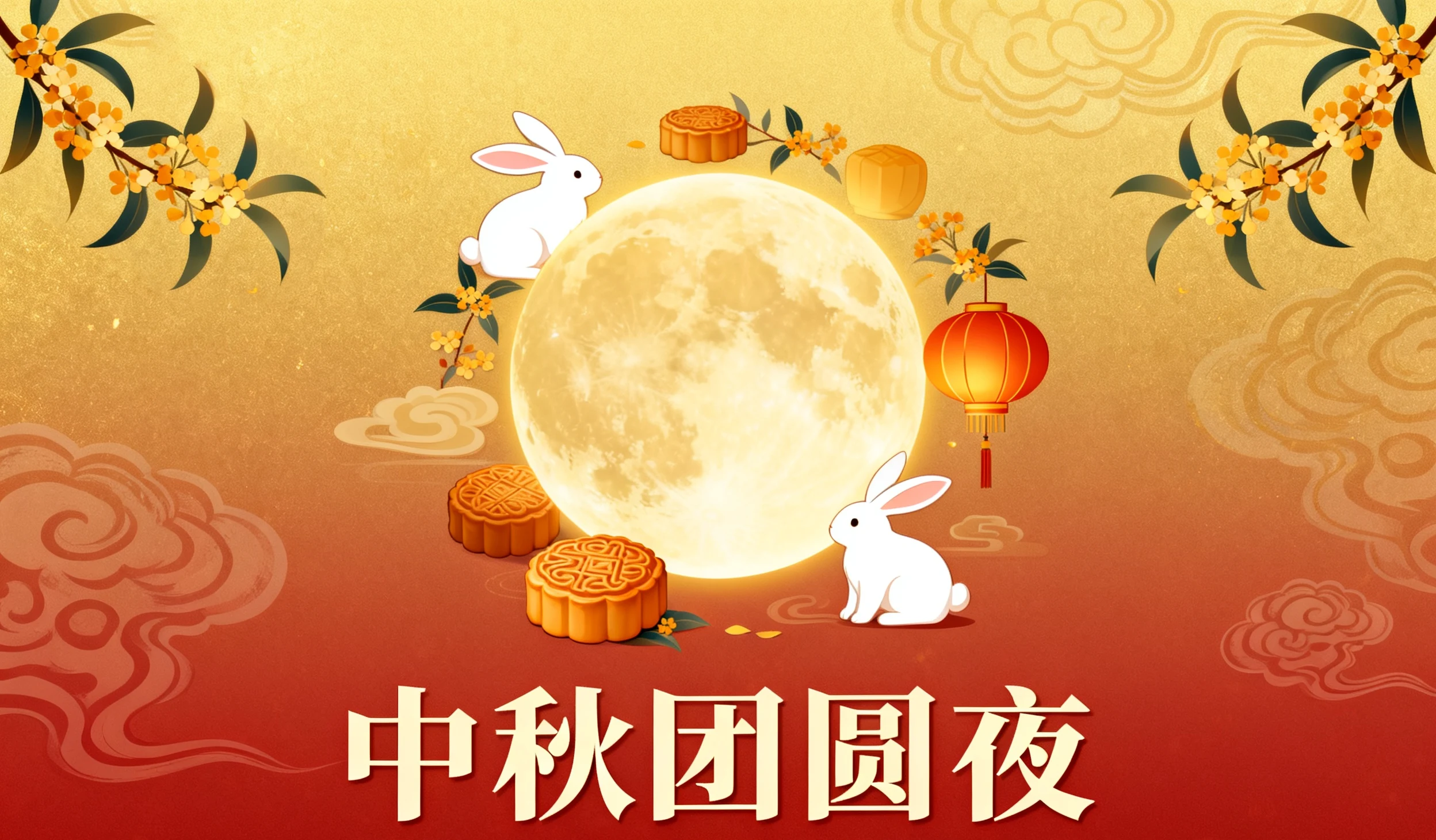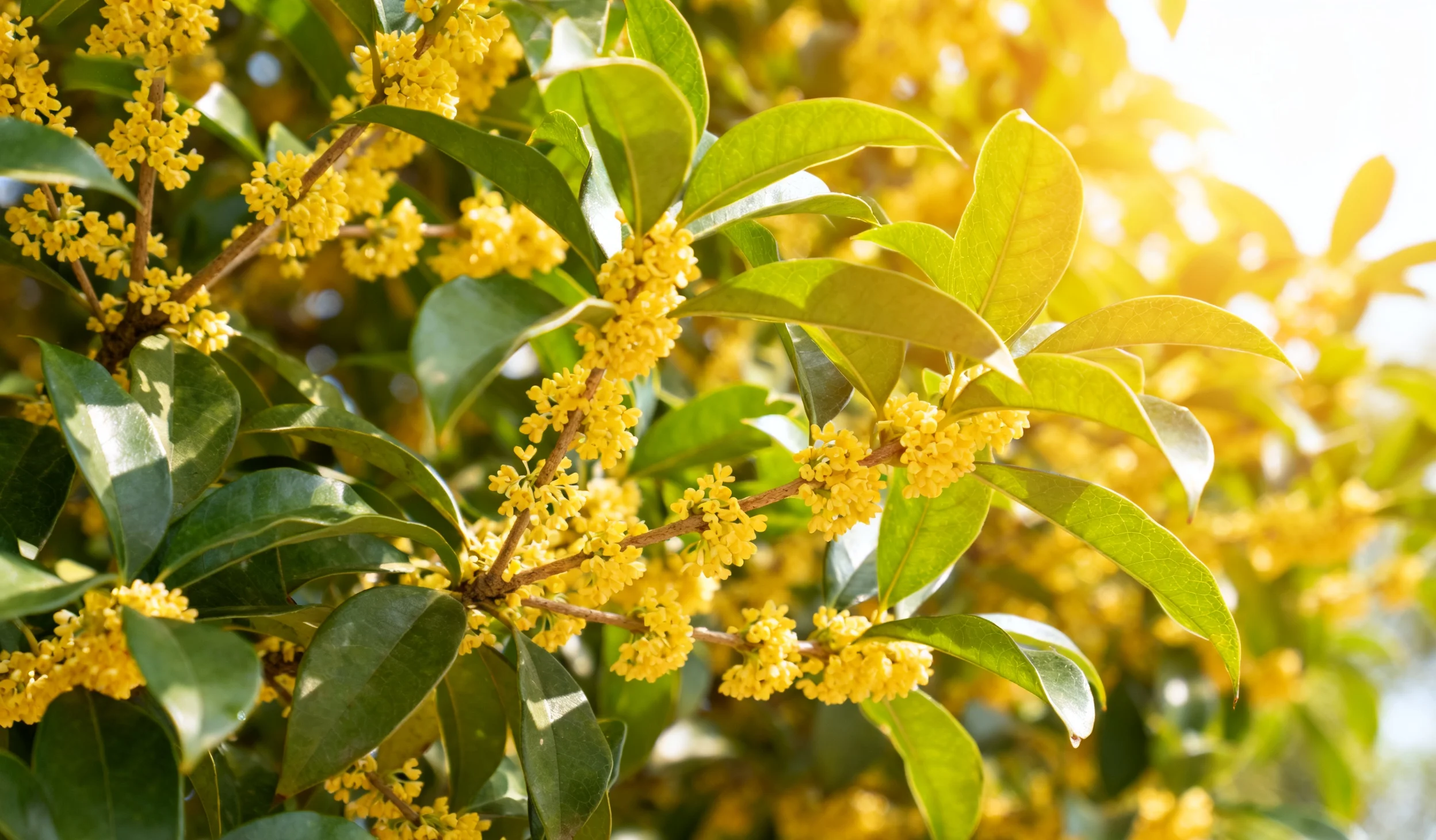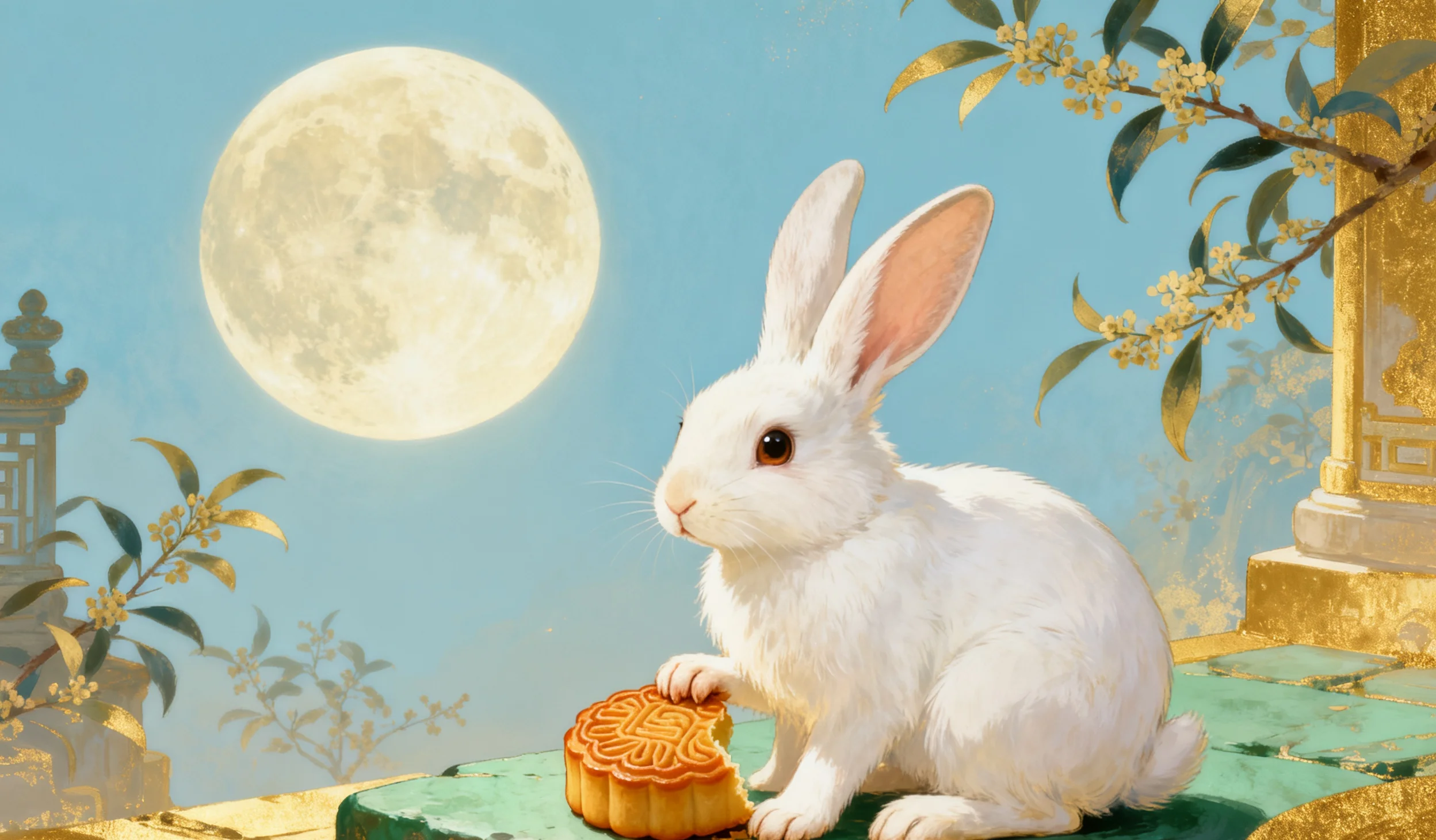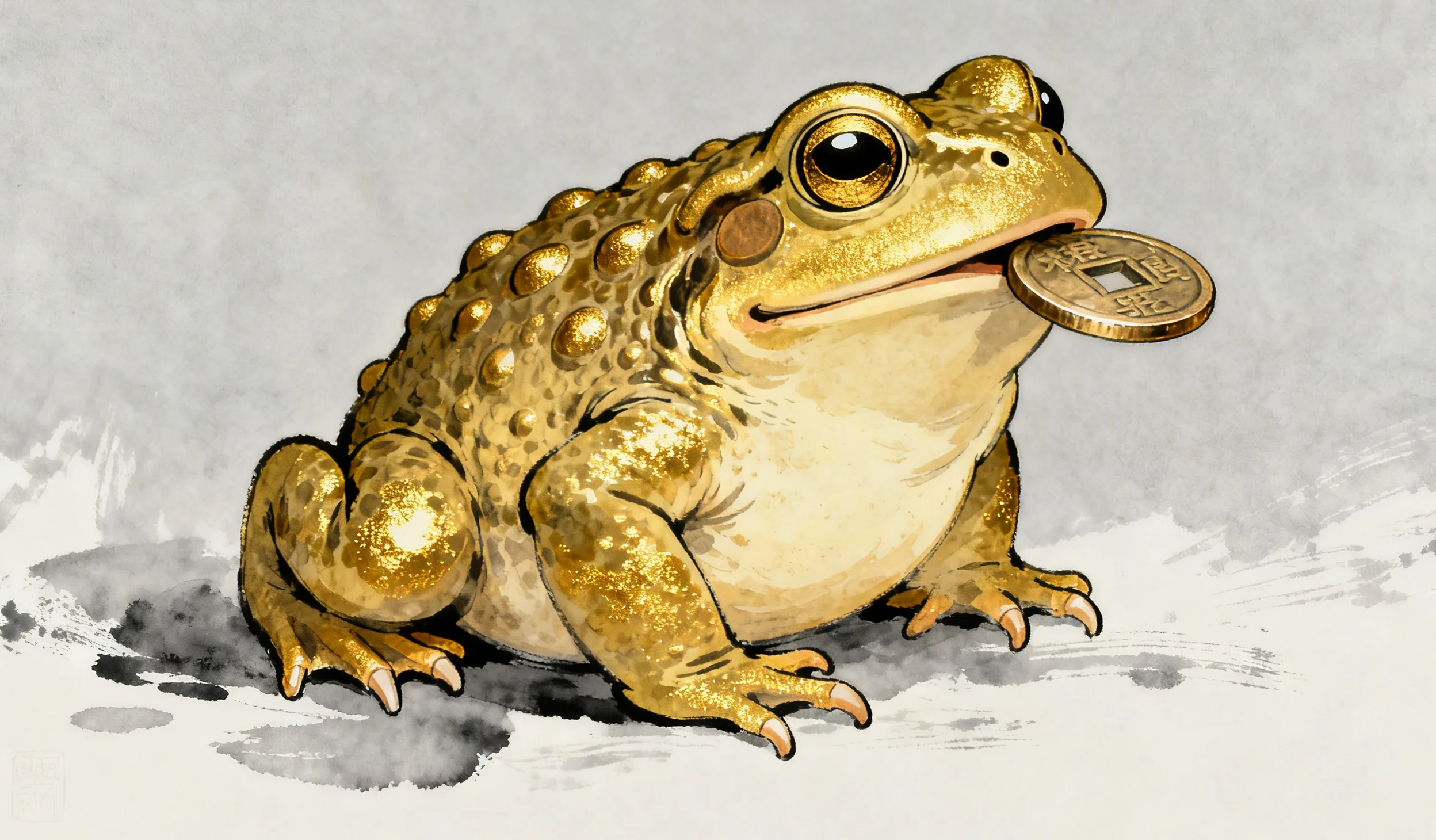3 Auspicious Signs: Fortune Descends with the Moon
The Mid-Autumn Festival, with its full moon symbolizing reunion, carries not only the hope for family unity but also profound auspicious cultural connotations. A folk saying goes, "Three auspicious signs sit at home, fortune and wealth descend with the moon," meaning that welcoming three specific auspicious symbols into the home during Mid-Autumn allows blessings and prosperity to shower down like moonlight.
What exactly are these "Three Auspicious Signs"? Why have they become embodiments of Mid-Autumn blessings? This article unveils them one by one, exploring the cultural meanings and prayer functions behind the Osmanthus tree, the Jade Rabbit, and the Golden Toad.

First Auspicious Sign: The Immortal Tree of the Moon Palace – Osmanthus Tree
The Osmanthus tree is renowned as the "Immortal Tree of the Moon Palace," symbolizing wealth and honor.
The Chinese word for Osmanthus, "桂" (guì), sounds like "贵" (guì) meaning "noble" or "expensive," thus traditionally associated with official success and high status. Folk art often combines Osmanthus with hibiscus (symbolizing wife) or bats (symbolizing blessings), implying "Husband is Noble, Wife is Glorious" or "Blessings Increase and a Noble Son Arrives."
Mid-Autumn coincides with the Osmanthus bloom; its fragrant flowers are used in decorations, resonating with the vision of lunar and human reunion, while also invoking the idiom "Plucking Laurel in the Toad Palace" to wish for academic and career success.

Second Auspicious Sign: The Essence of the Moon – Jade Rabbit
The Jade Rabbit, a celestial creature in the moon, represents vitality and proliferation. Ancient people believed rabbits were "born gazing at the moon," condensed from the essence of the bright moon.
Due to their high reproductive capacity, rabbits became symbols of family prosperity and abundant offspring. Simultaneously, the Jade Rabbit is considered an auspicious creature for longevity, with ancient texts noting "rabbits live a thousand years."
Displaying images of the Jade Rabbit during Mid-Autumn expresses longing for distant relatives and prays for health, longevity, and family safety.

Third Auspicious Sign: The Embodiment of the Moon Goddess – Golden Toad
The Golden Toad originates from the legend of Chang'e flying to the moon; it's said she transformed into a toad upon arrival, becoming the moon's essence.
Thus, the Golden Toad is endowed with spirituality and evolved into an auspicious symbol for attracting wealth and treasure. Its image, holding a coin in its mouth and standing on gold ingots, is deeply rooted in popular belief, often enshrined by businesses for prosperity.
Furthermore, the allusion of "Plucking Laurel in the Toad Palace" also makes the Golden Toad a symbol for students praying for success in examinations. Worshipping the Golden Toad during Mid-Autumn seeks both wealth and wisdom.

Conclusion:
The Osmanthus tree, the Jade Rabbit, and the Golden Toad encapsulate ancient aspirations for reunion, wealth, health, and wisdom. On the night of the Mid-Autumn Festival, integrating these auspicious elements into home decorations or rituals allows the blessings of traditional culture to flow with the moonlight, illuminating every corner of life.

